The most stable geometrical isomer among the following is


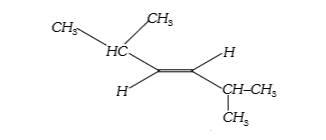

The correct Answer is:A
To determine the most stable geometrical isomer among the given options, we need to analyze the stability of each isomer based on their structural features. Here’s a step-by-step breakdown of the solution:
Step 1: Identify the Isomers
First, we need to identify the geometrical isomers present in the question. Geometrical isomers can be classified as cis or trans based on the positioning of substituents around a double bond or a ring structure.
Step 2: Analyze the Isomers
Next, we analyze the isomers based on steric hindrance and the bulkiness of the groups attached to the double bond:
- Cis Isomers: In cis isomers, larger groups are on the same side of the double bond, which can lead to increased steric strain and lower stability.
- Trans Isomers: In trans isomers, larger groups are on opposite sides of the double bond, which reduces steric hindrance and typically increases stability.
Step 3: Compare the Isomers
Now, we compare the isomers based on their substituents:
1. Trans Isomer with Bulkier Groups: If one of the isomers has bulkier groups (like propyl groups) in a trans configuration, it is likely to be more stable due to reduced steric hindrance.
2. Cis Isomer with Smaller Groups: If another isomer is cis with smaller groups, it may be less stable due to increased steric interactions.
Step 4: Determine Symmetry
Symmetry in a molecule often leads to increased stability. If an isomer is symmetrical (like having identical groups on opposite sides), it is generally more stable.
Step 5: Conclusion
Based on the analysis, the most stable geometrical isomer is the one that is trans with the bulkier groups positioned opposite each other, as this configuration minimizes steric hindrance and maximizes stability.
In this case, the isomer with the structure CS3, CS2, double bond H, CS2, CS3 is the most stable because it is symmetrical and trans.
Final Answer
The most stable geometrical isomer among the given options is the one with the structure CS3, CS2, double bond H, CS2, CS3.
---
First, we need to identify the geometrical isomers present in the question. Geometrical isomers can be classified as cis or trans based on the positioning of substituents around a double bond or a ring structure.
Next, we analyze the isomers based on steric hindrance and the bulkiness of the groups attached to the double bond:
- Trans Isomers: In trans isomers, larger groups are on opposite sides of the double bond, which reduces steric hindrance and typically increases stability.
Now, we compare the isomers based on their substituents:
2. Cis Isomer with Smaller Groups: If another isomer is cis with smaller groups, it may be less stable due to increased steric interactions.
Symmetry in a molecule often leads to increased stability. If an isomer is symmetrical (like having identical groups on opposite sides), it is generally more stable.
Based on the analysis, the most stable geometrical isomer is the one that is trans with the bulkier groups positioned opposite each other, as this configuration minimizes steric hindrance and maximizes stability.
The most stable geometrical isomer among the given options is the one with the structure CS3, CS2, double bond H, CS2, CS3.
Topper's Solved these Questions
- GENERAL ORGANIC CHEMISTRY BOOK - ERRORLESSCHAPTER - GENERAL ORGANIC CHEMISTRY EXERCISE - PAST YEARS QUESTIONS
85 Videos
- GENERAL ORGANIC CHEMISTRY BOOK - ERRORLESSCHAPTER - GENERAL ORGANIC CHEMISTRY EXERCISE - ASSERTION AND REASON
14 Videos
- GENERAL ORGANIC CHEMISTRY BOOK - ERRORLESSCHAPTER - GENERAL ORGANIC CHEMISTRY EXERCISE - NCERT BASED QUESTIONS (Organic Reactions and their Mechanism )
46 Videos
- ENVIRONMENTAL CHEMISTRYBOOK - ERRORLESSCHAPTER - ENVIRONMENTAL CHEMISTRYEXERCISE - ASSERTION & REASON
7 Videos
- HYDROCARBONSBOOK - ERRORLESSCHAPTER - HYDROCARBONSEXERCISE - ASSERTION & REASON
18 Videos
Similar Questions
Knowledge Check
The most geometrical isomer among the following is
A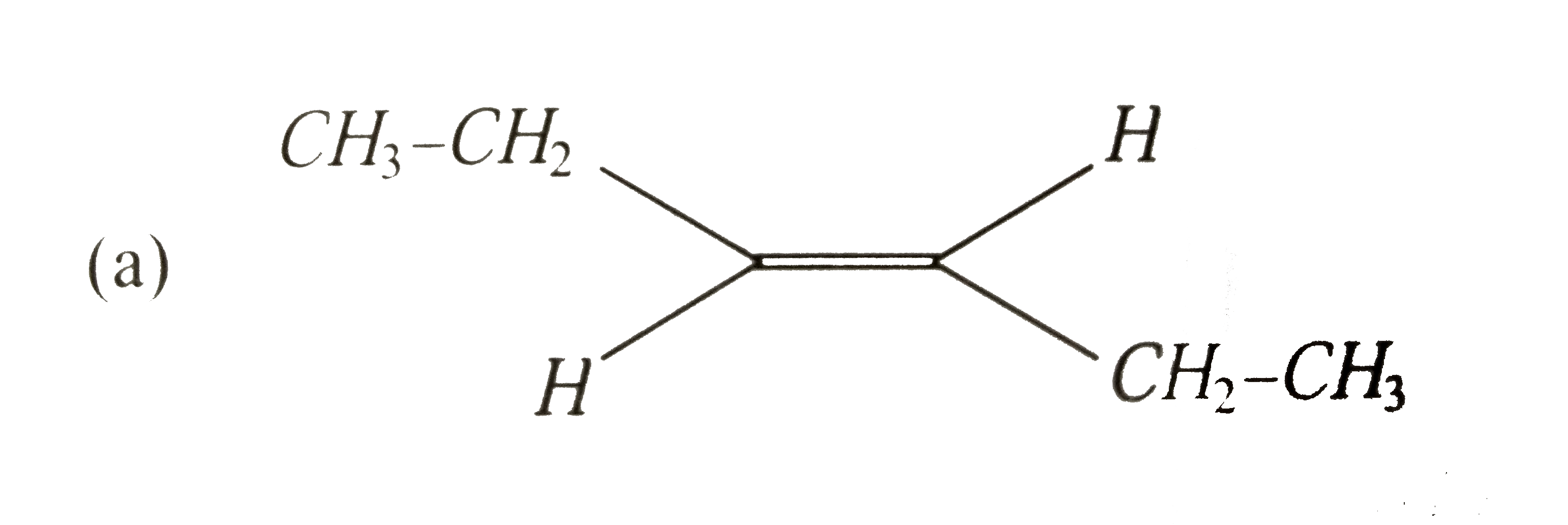 B
B C
C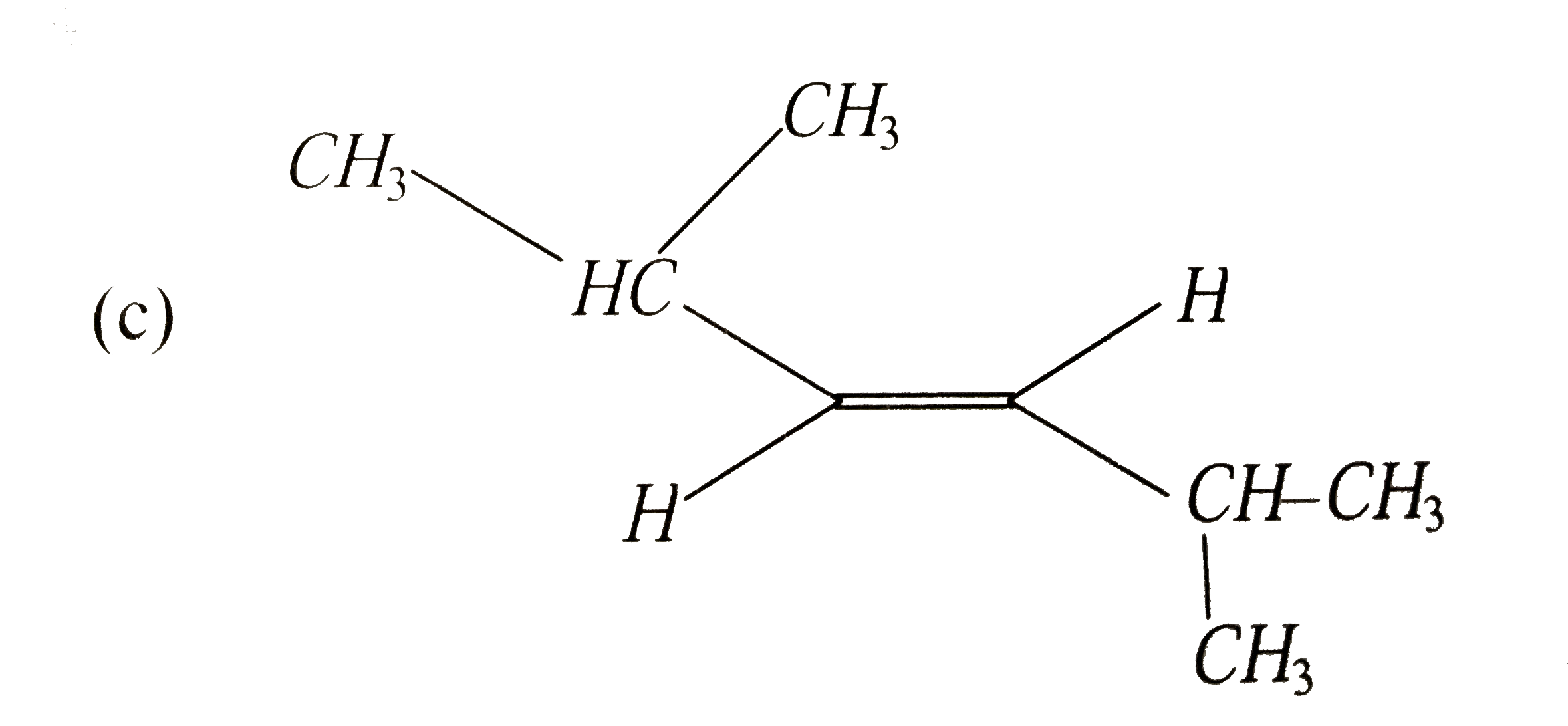 D
D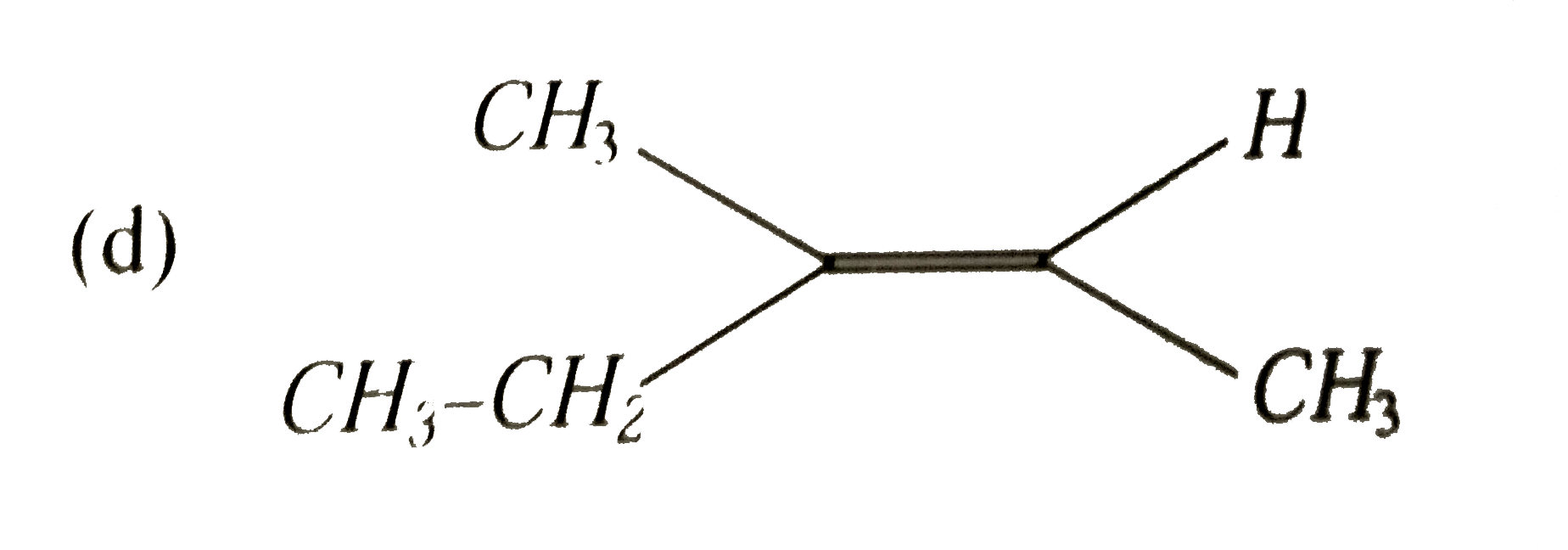
Geometrical isomers :
AStructural isomersBConformational isomersCConfigurational isomersDNone of theseIdentify the geometrical isomers of the following
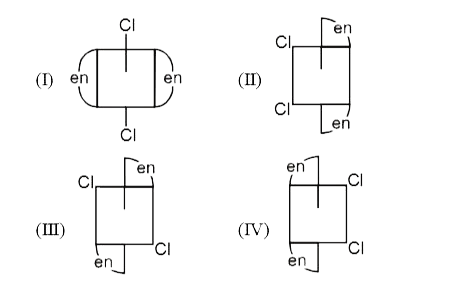 AI with IIIBII with IVCI with II & IVDNone of these
AI with IIIBII with IVCI with II & IVDNone of these
